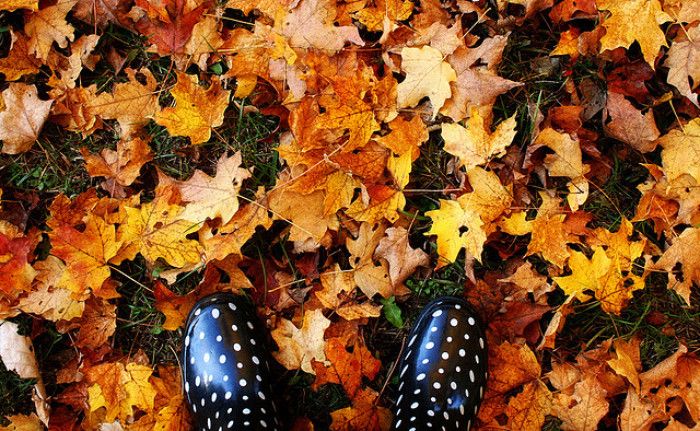
Here they come—leaves, leaves, glorious leaves! I don’t care how you use them, but please don’t shove them into bags that are bound for the trash pickup. It’s a fate worse than death and at least five wasted opportunities. Dead leaves (pure organic matter) only come around once a year, and they’re uber-beneficial for your yard and garden.
First things first. Always pile them up as high as you can and jump into them before you do anything else. If jumping isn’t your thing, look for a kid or a dog to do the honors.
1. Shred and spread
This is the simplest thing you can do with your fall leaves. Go over a big pile of them with a mower, or toss them into a shredder. The finer the cut, the faster they’ll decompose. Now spread your leaf confetti all over the lawn, garden, or flower beds where it can rot and become part of the soil.
2. Mulch your perennial beds
Shredded leaves make a wonderful protective cover for perennial plants that are wintering over in your yard. Once the ground is hard, use them to blanket the root zone around perennials, being careful not to pile them up against the trunks of the plants. Your vegetable bed could probably use a bit of leaf mulch too.
3. Add them to the compost pile
This is my favorite use for dead fall leaves. My compost pile begs for them and I never resist. Dried leaves are a prime carbon source. You’ll want to balance this addition to your pile with some nitrogen materials at the same time if possible. Plant clippings, grass clippings, alfalfa hay, and herbivore manure such as rabbit poop are all good nitrogen sources to blend in with the leaves.
4. Halloween decorations
Have you seen those orange bags that have Jack O’Lantern faces or other characters printed on them? They become instant Halloween decorations once they’re stuffed and placed in the front yard for October. Use your leaves to fill the bags and create a spooky scene. But then come November, use the leaves to . . .
5. Make leaf mold
Think of this as leaf compost. Once the leaves compost down into leaf mold, it’s pretty much pure humus (and it smells delightful). It’s not so much about bringing nutrition to the garden as it is about improving the soil structure. (Leaf mold has almost zero actual nutrition.) Leaf mold is valuable as a soil conditioner in the garden, as it offers texture and water retention.
Starting the leaf mold process is easy: Simply gather as many dried leaves as you can and put them into a circular wire cage or a black garbage bag. Sprinkle some water on the leaves every now and again, and this time next year you’ll have perfect leaf mold for your garden or yard.
Want to move things along? Stuff dried leaves into a black garbage bag. Add a nitrogen source such as composted manure or grass clippings. A couple handfuls of compost from a previous pile helps get things going too. Sprinkle a little water in there, tie the end, and shake up the bag. Cut a few openings in the bag so that oxygen circulates. Now leave it alone. After about six months you’ll have a composted leaf-mold to add to your beds.
Now that you know the true value of dead leaves, you really can’t unknow this stuff. So fair warning: If you stack those leaf bags on the curb this year, a thousand guilt monkeys will descend upon your head.


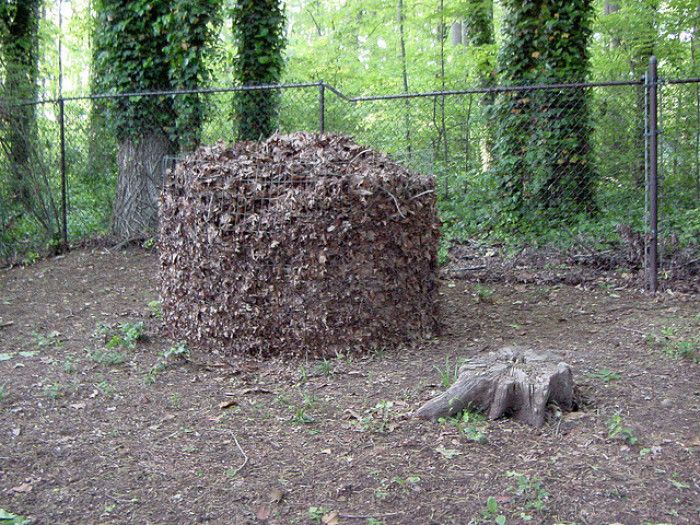
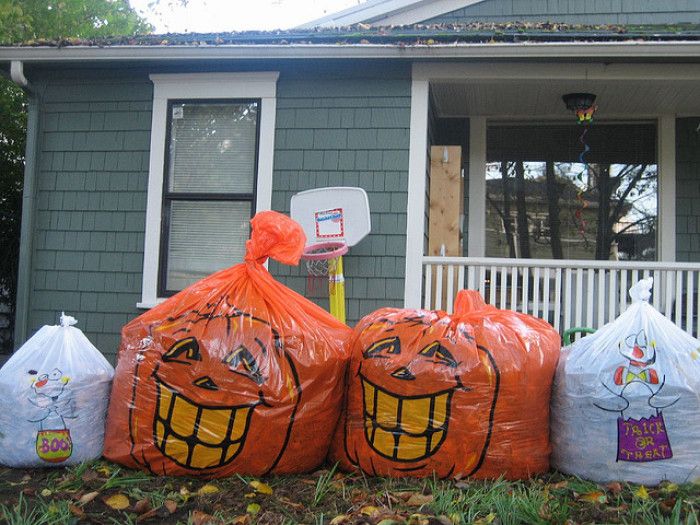
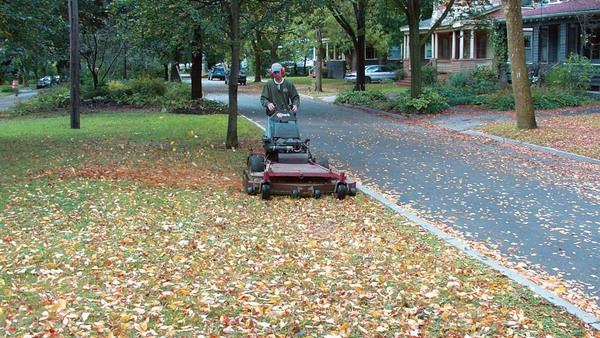

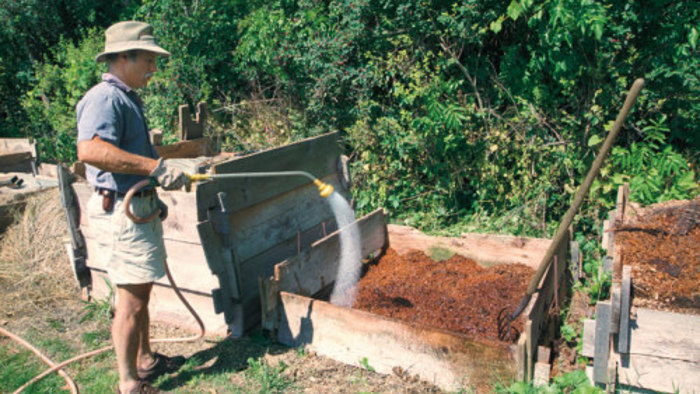













Comments
Log in or create an account to post a comment.
Sign up Log in